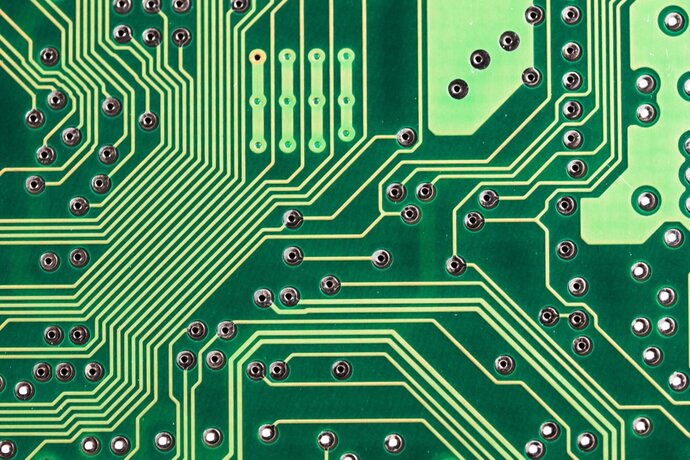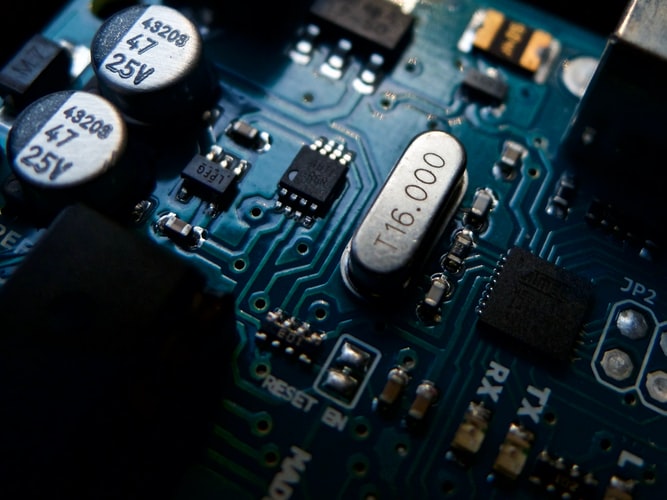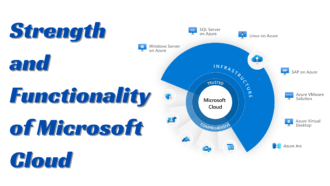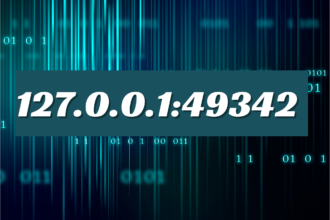The Industrial Motherboard Buying Guide: 5 Key Factors
If you’re a tech startup business owner, having the proper hardware makes you more reputable. To make it happen, your industrial motherboard must have the best specs you can afford.
choosing the right motherboard
The process of choosing the correct motherboard can be exhausting. Read on as we discuss some factors to consider. Learn more now:
1. The Chipset
It refers to the embedded microchip within your motherboard. It is closely linked with various card components, including the memory and processor.
Nowadays, major tech companies invent chipsets that integrate functionality into the processor. It has lots of advantages, like a more minor space requirement. Consider this factor more if you’re looking for a laptop.
2. The Socket
The processor socket is a device that attaches processors to industrial motherboards. It links the processor, supporting implements, and the chipset. The more features you require, the more sockets are necessary.
3. The Memory Type
Random-access memory banks (RAM) use various physical formats. It depends on whether they’re DDR, DDR2, DDR3, or DDR4.
Either the chipset or the processor defines the type of supported memory. It only applies when the processor has a memory controller.
4. The Processor
The processor’s computing capacity controls your motherboard’s functions. Many processor brands are available in the market, but the best ones are Intel and AMD.
5. The Motherboard Connectivity
Industrial motherboard functionality and price often come from its connectivity features. Motherboards often have various inputs and outputs.
Most motherboards have the following connection types:
- Ethernet port
- Audio port
- Serial port
- USB 2.0/USB 3.0 port
- VGA/HDMI/DP port
If you opt for industrial-grade motherboards, get ones with at least two Ethernet ports. It allows you to run two different networks. It also serves as a backup in case the other port fails.
More expensive motherboards have more sophisticated connections. For example, they have an eSATA connector, optical audio output, and more.
Honorable Mentions
The following factors aren’t as important as the ones stated above. However, they still play a part in determining your choice. Read on:
1. The Motherboard Architecture
Two primary motherboard formats exist in the market: ATX and µATX. The difference between the two is their size.
ATX format motherboards are larger, have more expansion ports, and, in some cases, have more memory banks.
Meanwhile, µATX format motherboards are smaller. It’s more suitable for compact cases. However, it’s easy to put them into ATX cases.
If you plan for an embedded motherboard, use the mini ITX format instead.
2. Supervision Features
In the professional and industrial fields, computer equipment supervision is crucial. It allows for preventive maintenance. It’s often problematic to track various motherboard-related information without this feature.
Get an Industrial Motherboard Now!
These are some critical features for the correct industrial motherboard. Use these factors to guide your decision. You must be meticulous about everything, from the graphics card to the power supply.
Do you need more tips for business improvement? Continue your learning with our various guides today.


















